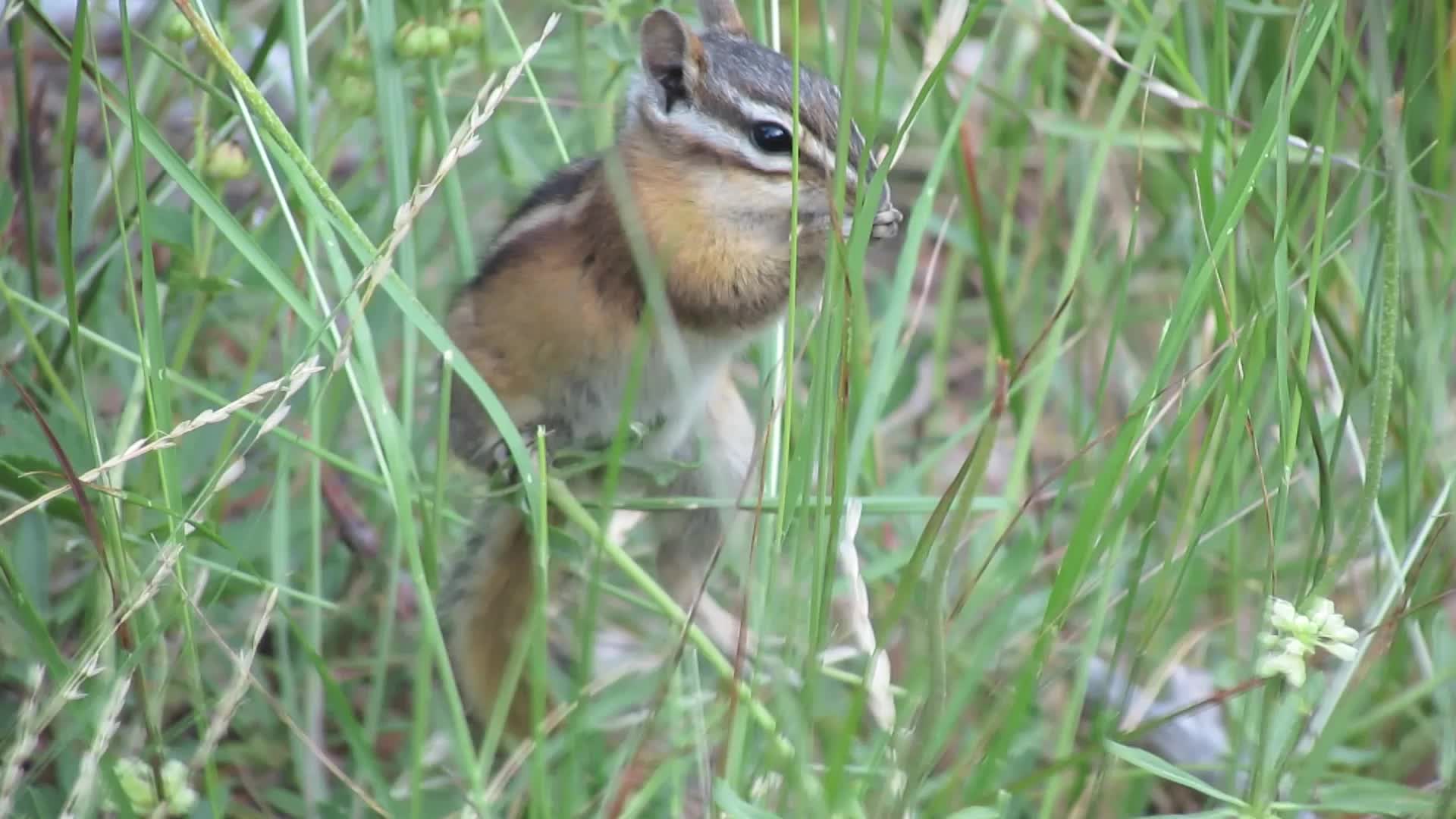It’s hard to see chipmunks as anything less than cute little critters until they start giving you problems. Their burrowing activities may cause structural damage, injure ornamental plants, and cause property damage. These rodents can also carry fleas which can infest your pets.
Thus, it is important to know how to get rid of them if you ever see signs of a chipmunk infestation. There are many methods you can use but we will focus on prevention and exclusion since these are not only the most effective but also the most humane since there is no reason to harm these little creatures.

Prevention and exclusion
There are many wildlife control businesses that specialize in trapping and killing these rodents for a fee but this is not only cruel but also unnecessary. Instead, you can make a few changes to your yard in order to limit the effects that these critters have on your property. This way you can still enjoy their presence without having to worry about the problems they may cause.
If you want to prevent chipmunks from burrowing around the sidewalks, porches, foundations and retaining walls, you can use an L-shaped footer to create an underground barrier. You should also remove rock or wood piles and trim the grass and plants that can provide cover or act as food sources for the chipmunks.
You can also surround the area with a plant-free gravel border. Another strategy you can employ is to plant bulbs to which wildlife is not attracted such as Allium or daffodils. Furthermore, try to limit the amount of food items that you store outdoors and this includes pet foods and birdseed as well. These foods should only be placed outside if they are stored in rodent-proof containers.
Bird feeders should be placed around 15 to 30 feet away from structures and you should take the time to clean up any spilled seeds regularly. You can also choose to pick seeds to which chipmunks and other rodents like squirrels are not attracted, such as thistle.
Trapping and releasing
Another ethical way to deal with a chipmunk infestation is to trap the critters and relocate them somewhere far from your residence. Before relocating you will need to check local laws and recommendations to see where you should relocate the trapped animals.
First, you will need to choose a trap for catching chipmunks that has the appropriate size and that features a small enough wire mesh so that the critter cannot escape. You should place the trap in areas where chipmunks are very active, including near burrows if you can find them, and along traffic paths.
You should bait the trap so that the rodent can’t retrieve it from the outside of the trap and the best way to this is to apply some peanut butter directly on the trigger plate. Make sure to check the trap often so you don’t leave the animal trapped for too long since it can be a stressful experience for it.
Furthermore, you should relocate the chipmunk as soon as it is trapped. It is usually recommended to release it at least 5 miles away from your home in a suitable habitat or as far away as specified by the local law.
Repellents
Using repellents should be a last-ditch effort since the use of repellents for chipmunks is a controversial subject. You can use commercial products that repel squirrels since they’ll also be effective against chipmunks.
Some repellents that you can use include mothball or flakes placed around gardens, thiram applied to plant bark, stems and bulbs or homemade and other similar options available on the market. When using commercial products you should make sure that you don’t apply the substances to plants that are to be eaten by humans.
There is also a simple natural repellent method that you can use if you don’t want to use harsh chemicals. The one thing to keep in mind is that this method can be a bit messy. You can ask your local barber or hairstylist for some hair clippings and sprinkle them around the garden.
The reason why this method will work is that chipmunks and many other pests are very frightened of the human smell. As a plus, the hair will break down naturally and supply your plants with a natural fertilizer.
